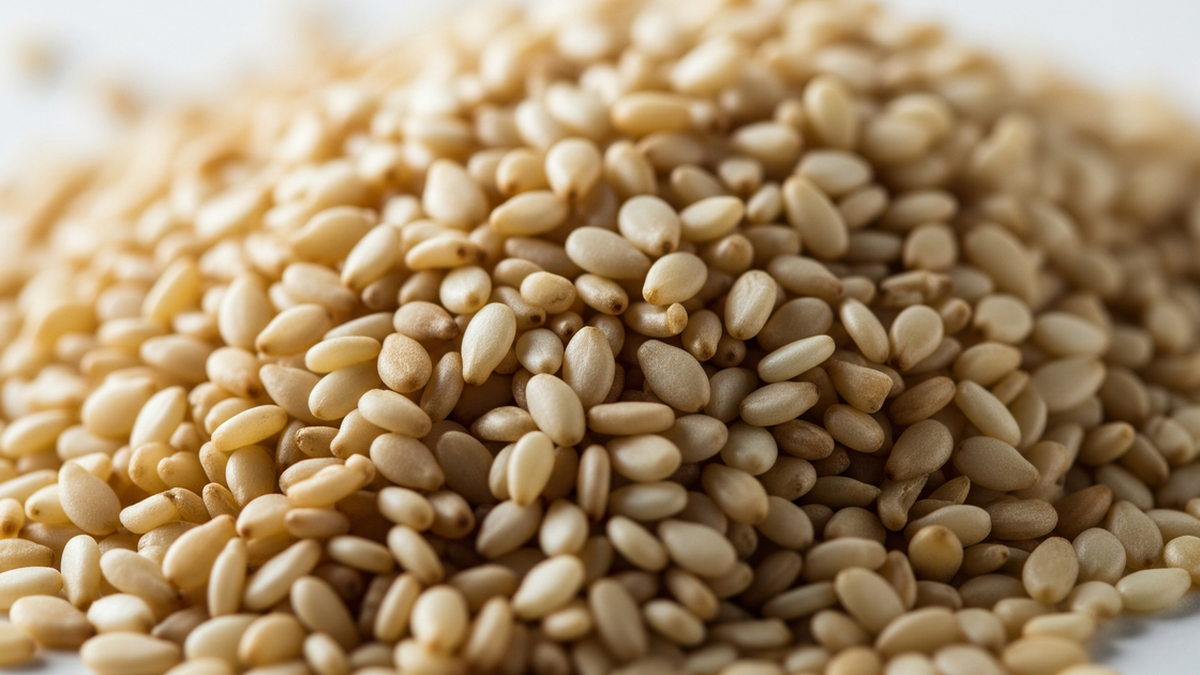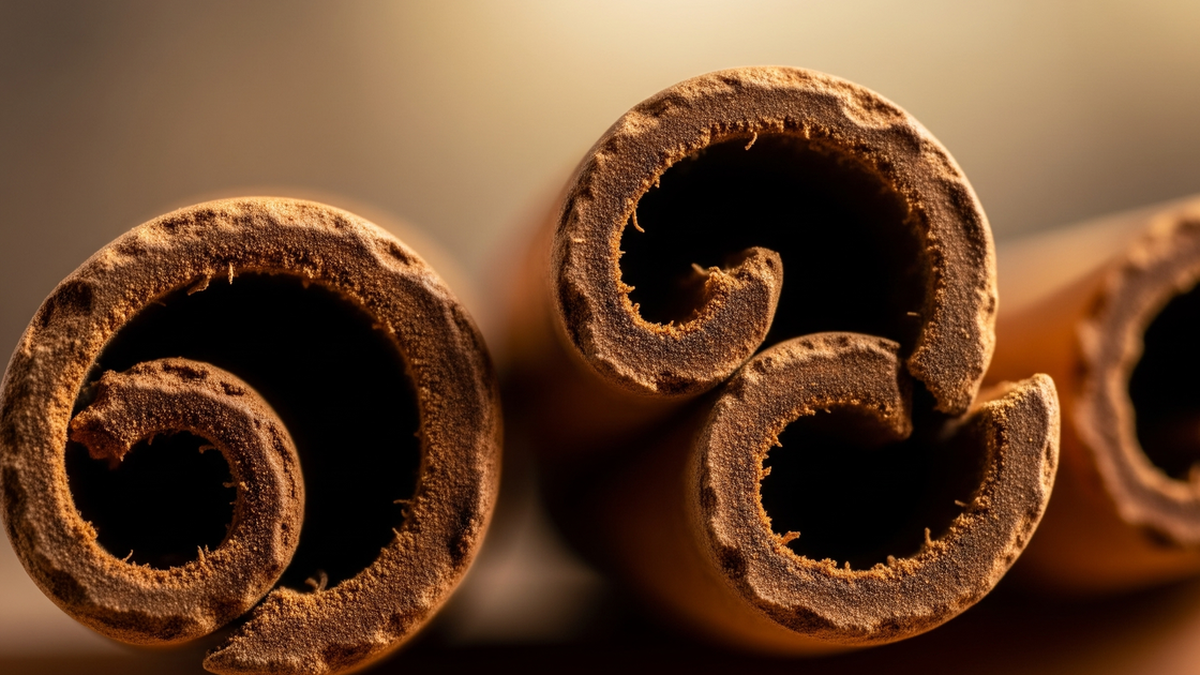
The day I returned to Phu Quoc ( Kien Giang ) after a business trip to the Southwest islands, my friend insisted on taking me to visit the fish sauce factory - Phung Hung barrel house.
“To know why Nam O fish sauce is as delicious as Phu Quoc, but in terms of tourism , this place is better” – you said. It is hard to be offended by your way of inviting.
A couple of times, I took guests to An Luong wharf (Duy Hai commune, Duy Xuyen) to eat seafood, then wandered into the nearby Duy Hai fish sauce factory. In a fit of excitement, I talked about the anchovies of March in this area that would produce a drop of super delicious fish sauce that would... hurt my teeth.
The 3:1 ratio of fish and salt seems to be immutable, but the variation in each person's hand will give a different flavor. For example, with the same recipe for braised goby fish with pepper that grandma passed down, none of her grandchildren could braise it with the right flavor. Grandma often said, you have to know how to control the flavor.

How surprised were the guests when they heard the female owner of the fish sauce factory explain the nitrogen levels of the first water, the second water, and the following water levels.
How much protein customers want to eat will depend on how the sauces are refined and the flavor of the sea breeze and sun. How does the premium fish sauce come out into the world from the ancient family brewing recipe?
That scent, when the hands are calloused by the profession, must have seeped into every line of the palm, and then become the genetic code of each person who still practices the profession. I have a habit of zooming in as much as possible on the photos of the artisans when reporters send them to the editorial office. To see the sweat on the fingerprints and feel the difficulties they are facing.
The other day at the beach, I saw the Litsea plant again. It must have been 30 years since I last saw this plant. In my hazy memories, my grandfather told me how to pound the Litsea fruit to get the ingredients to mix into incense powder. Then he worked hard to split the incense, dip it in powder, and roll the incense.
The incense powder when my grandfather was alive was made from the leaves and trees around the garden, but was later replaced with agarwood powder. My grandfather said that we had to be careful and meticulous in order to have incense sticks to worship our ancestors and pray to heaven and earth.
Without explanation, I just believe that I am of Cham descent, confirmed only by my great-grandfather’s Giao Chi toe and the beginning of the land offering poem passed down from the elders in the family. “Chu Ngung, Man Nuong/Loi Lac suffered and died/Cham market barbarians/All souls/Come together to resonate”.
That was when I was young, when I had not read the books of researcher Ho Trung Tu. He had given many explanations about the Cham traces in the life of Vietnamese people in general and the occupations of Vietnamese people in particular. Those things made me believe that my roots were here, in this place, not from the migration of Vietnamese people on the way to open up the land to the South.
Incense from incense sticks offering to the earth and earth.
I remember one time about 7 years ago, while sitting listening to the zither and sipping agarwood tea at the Hoang Tram Farm tourist area (Dien Tho commune, Dien Khanh district, Khanh Hoa province), I heard my colleague clicking his tongue and sighing softly.
He said, our country has been famous for agarwood since the time King Le Thanh Tong established the Quang Nam province. Agarwood products were shipped by merchant ships to India and Japan. But nowadays, the way it is made here is far behind.
At Hoang Tram Farm, from the process of making agarwood, agarwood products, and even ky nam are all present in the Agarwood Museum. It helps visitors fully visualize from the story of chewing wormwood to find agarwood to the other lives of agarwood in the human world. Both the legend of agarwood and the legends told around the sacredness of Lady Thien YA Na following the agarwood seeker...
The facilities for processing and manufacturing agarwood products in Nong Son or Tien Phuoc - considered the agarwood center of Quang Nam - are not enough to make the village a famous craft village.
How to differentiate from the many agarwood villages in Khanh Hoa, Hue or Nghe An? There are many agarwood products, from agarwood buds, agarwood pieces, agarwood incense, essential oils, jewelry and many other things. But how to recognize agarwood from Quang?
Enjoying a cup of agarwood tea, I remember the hands of the artisans in Trung Phuoc shaping the agarwood bonsai. Green veins and rough calluses. At the source of Thu Bon flowing to the sea, no matter what, they are still taking care of a scent…
Source: https://baoquangnam.vn/quan-xuyen-mot-mui-huong-3140482.html




















































![[Maritime News] More than 80% of global container shipping capacity is in the hands of MSC and major shipping alliances](https://vphoto.vietnam.vn/thumb/402x226/vietnam/resource/IMAGE/2025/7/16/6b4d586c984b4cbf8c5680352b9eaeb0)












































Comment (0)